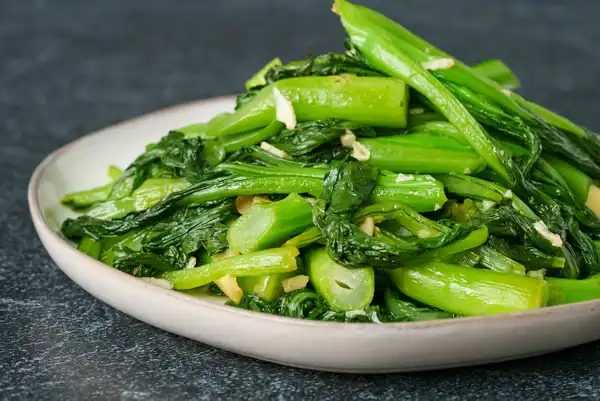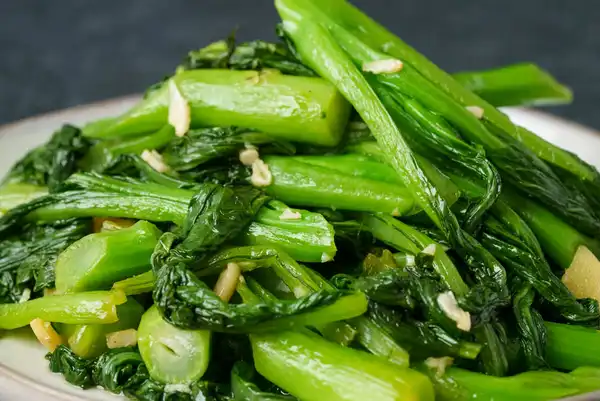Quick, simple recipes like this are the ultimate unsung heroes of Chinese home cooking!
Stir-fried choy sum is delicious, it's nutritious, and it comes together in a flash. The quick cooking time means that yes, you can throw it onto the dinner table in just a few minutes, but it also means that your greens stay bright, tender, and sweet.
Check out a quick story summary of our recipe!



